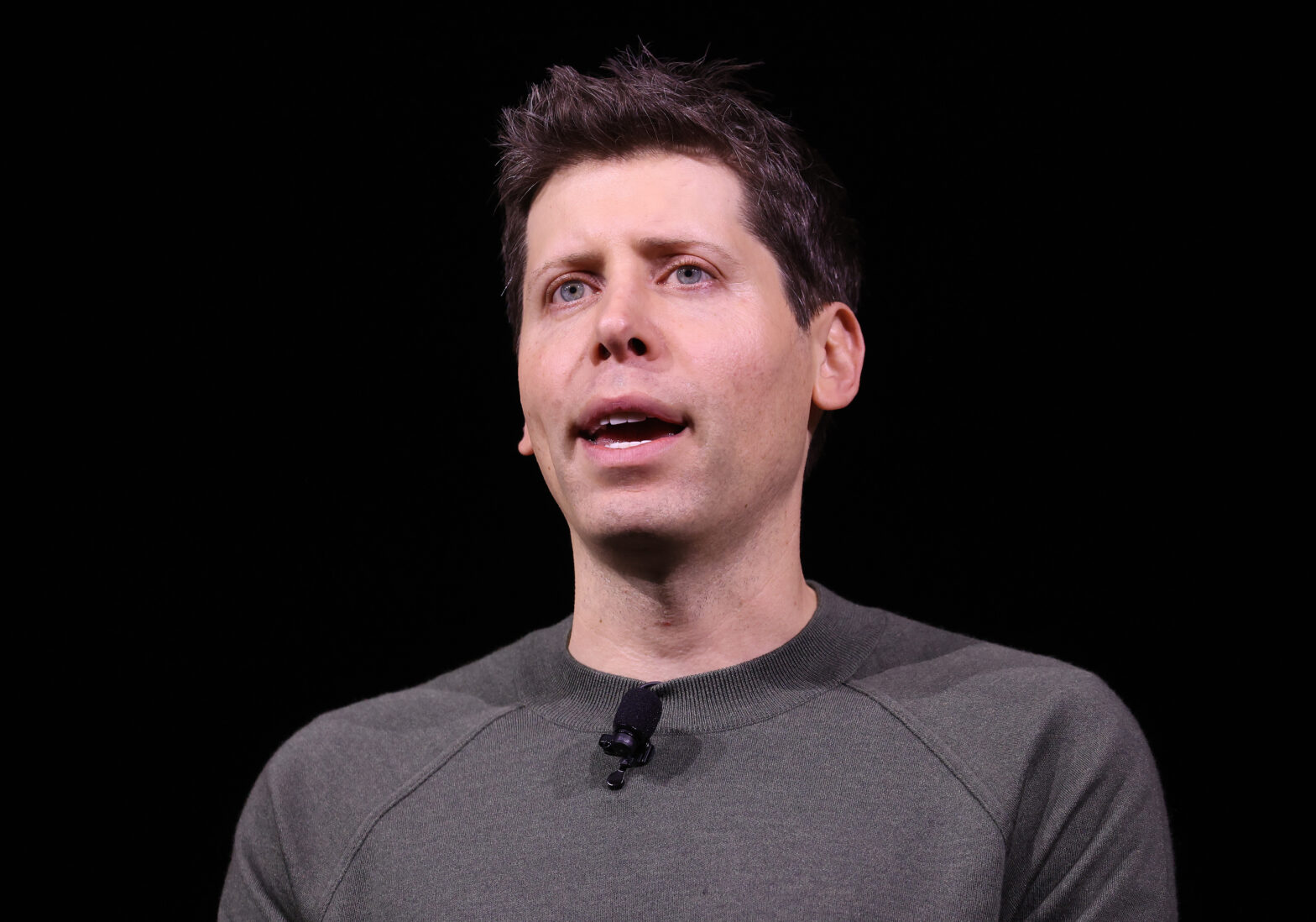Companies of all sizes have been affected by the COVID-19 pandemic, with masses of employers having to send its workforce home. But has the outbreak affected the earnings of Intel, Verizon or Netflix in Q1 2020?
Intel
Intel recorded a 23% year-on-year increase in revenue to $19.8 billion as well as an earings per share figure of $1.27, despite the pandemic, and is forecasted to achieve earnings of $18.5 billion by the end of Q2.
Data-centric revenue, such as that which was generated by the company’s data centre and IOT groups, grew by 34%.
Achieving a data-centric approach to security requires homomorphic encryption
“Our first-quarter performance is a testament to our team’s focus on safeguarding employees, supporting our supply chain partners and delivering for our customers during this unprecedented challenge,” said Bob Swan, CEO of Intel, in the company’s earnings report.
“The role technology plays in the world is more essential now than it has ever been, and our opportunity to enrich lives and enable our customers’ success has never been more vital. Guided by our cultural values, competitive advantages and financial strength, I am confident we will emerge from this situation an even stronger company.”
Alan Priestley, vice-president, analyst at Gartner, commented: “They recorded growth on the mobile market, which is logical given the shift in demand that’s happening as people work from home, and companies have to kit out employees with equipment,” he said.
“For the first two or three quarters of 2019, the cloud market was down, but they kicked back in the fourth quarter, and it looks like that that growth has continued into Q1, which again is logical, given the shift and increase in the usage of cloud-based infrastructure in the current environment.
“The comms market has also showed growth, but these are early days, because for most data centres where people buy equipment, it’s not transactional; you don’t do it immediately, and it takes time to plan the rollouts.”
However, Priestley described the growth in enterprise and government as “surprising”.
“That had been declining over the previous quarters, and it’s impossible to tell whether [the growth] is because the OEMs were building out inventory in expectation that supply chains would be impacted, and therefore they were putting in place inventory so they can meet demand to run the rest of the year.
“The counter against this, is though they reported strong growth, they were reporting growth relative to Q1 last year. The top line numbers of around 30% growth was relative to Q1 last year, and this was very much down.
“When you dig into the detail, some of the growth has been driven by ASP increases, and quarter to quarter, Q4 to Q1, unit shipments were down on the data centre side. So I think that’s indicative that the enterprise growth wasn’t as strong.”
Verizon
The earnings Verizon recorded for Q1 produced a revenue figure of $33.61 billion, which is down from the $32.1 billion recorded for this quarter last year.
The telecommunications company stated that revenue was impacted by a decline in equipment revenue, which came as a result of the pandemic.
How to avoid coronavirus disruption and lead your business in uncertain times
“We have seen considerably less churn in the consumer wireless base and lower equipment volumes and upgrade rates since the beginning of the crisis,” the company stated. “As a result of these changing customer behaviours, we experienced significantly lower equipment revenue in first quarter 2020.”
However, adjusted earnings per share rose to $1.26 from $1.20 year-on-year.
“Generally, earnings were in line with what we expected,” said Ted Chamberlin, vice-president, analyst at Gartner. “The loss of post-paid subscribers was a bit deeper than anticipated, and the Verizon Media loss was consistent with predictions.
“Overall, Verizon is feeling the effects of the first wave of Covid-19 to a similar degree as their peers. The key will be not to overact to a challenging growth environment to move from reacting and responding to redirecting to new realities. Once employees are safe and acclimated to new support models, turning attention to customers; SMB, large enterprise and government will be a necessity.
“Verizon should continue to focus on slowly reopening their retail stores, deploying planned 5G markets and supporting first responders. We believe that Verizon Media will struggle as advertising revenues plummet, but the opportunity for Verizon Business to leverage the Blue Jeans acquisition for enterprise video conferencing will be appealing.
“For many companies, the actions taken to exploit, or foster customer relationships will define the future. Verizon must continue to be work with both SMBs and enterprises to provide them with stability and cost certainty opportunities.”
Netflix
Netflix recorded a figure of just over $5.7 billion for the quarter, up by around $300 million from Q4 2019, and are forecasted to surpass the $6 billion mark next quarter.
Along with a diluted earnings per share figure of $1.57, the services offered by Netflix managed to earn the media services provider 15.7 million new subscribers, a 23% increase from the same quarter last year.
The company’s earnings report cited membership growth due to home confinement, reduction in international investment due to the rise in the Dollar, and delay in cash spending on content due to production shutdown leading to improved cash flow as effects that the pandemic has had.
“With their workforces disbanded or reduced, UK organisations are striving to become faster and more agile as they pivot from survive to thrive,” said Alan Gibson, vice-president EMEA at Alteryx. “Today’s news shows organisations, both in the UK and around the world, what can be achieved when data and analytics sit at the heart of your business model.
How to modernise your data analytics strategy, according to Gartner
“Despite a fall in household disposable income, organisations like Netflix are still pulling in consumers through their advanced use of data – in this case, to provide personalised programming ideal for COVID-19 confinement.
“I urge UK business leaders not to dismiss this. Instead, they must refocus their own digital transformation efforts to champion data and analytics – expediating any strategies that can help them pivot from survival to recovery during this time.”
Jean-Michel Franco, senior director of data governance at Talend, added: “These results not only show that Netflix continues to reign supreme when it comes to delivering on-demand content, but that data is the lifeblood of Netflix’s business model – and other businesses should take note.
“While many business leaders from other industries will look at Netflix’s growth and credit this to more people staying at home due to global lockdown and quarantine efforts, in reality, this is a business also facing tough market conditions – a growth in market players, a halt on production, and de-prioritisation by customers as purse strings are squeezed. It’s here – in how Netflix tackles these challenging circumstances – that other businesses should look for inspiration.
“Netflix is a data business. It allows the massive amounts of customer data collected and leveraged to offer a personalised, real-time service – making it a quality customer experience for each user – and this has been vital to its success. Netflix, and other platforms like it, have ultra-connected products and services, meaning the more data they gain on their customers the easier it is to customise for users based on usage or experience.”
[emailsignup]










